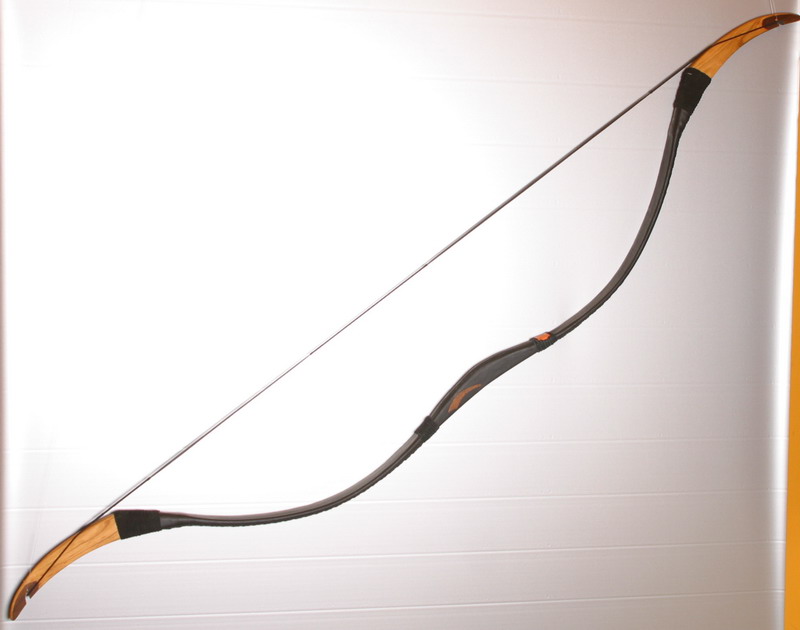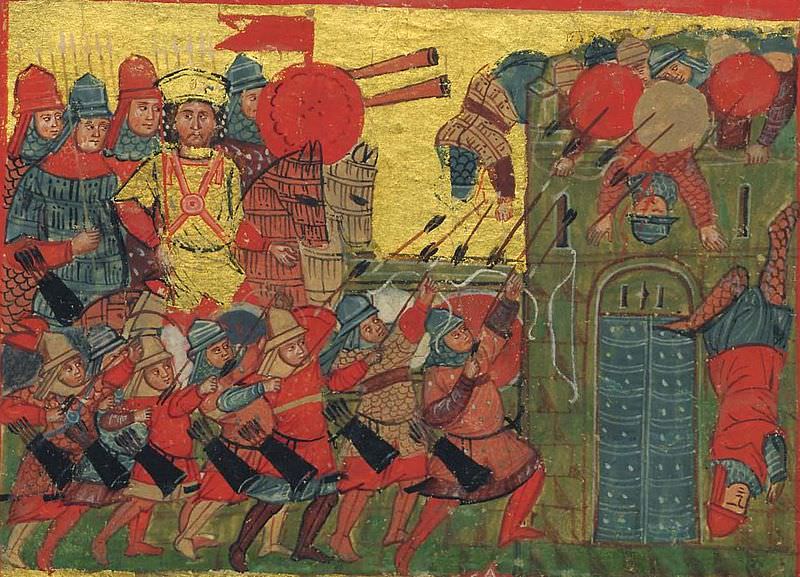Characters (bolded are historical figures) :
Byzantine Kataphraktoi:
*Standard equipment = Kontarion lance, Spathion, Paremerion, 2-3 Bardoukion (2 if axe is included) , kite shield, dagger
Emperor Manuel Commenus (1118-1180): standard equipment
Paulos: Toxton, tzikourion
Basil : Marzobarboulon
Constantine : Standard, two Kontarion, tzikourion
Stephanos : Toxton, sling
Leo : sling
Alexandros : toxton, Marzobarboulon
Philippos : Toxton, Sling,
Demetrios : Tzikourion
Romanos : Marzobarboulon




